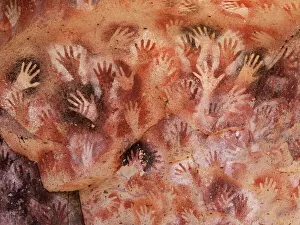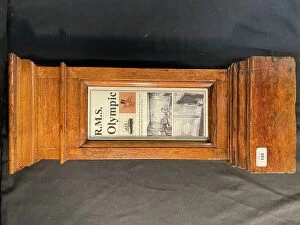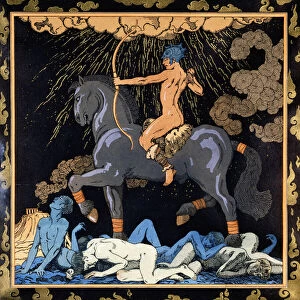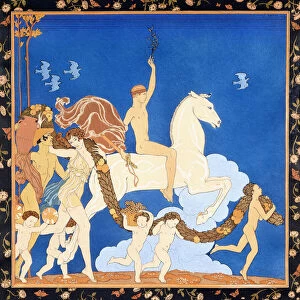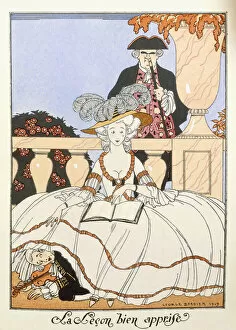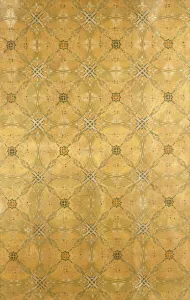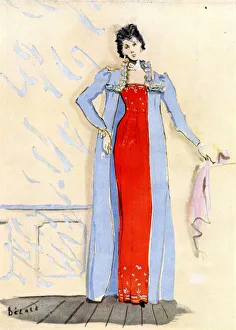Stencilled Collection
"Unveiling the Art of Stencilled History: From Argentina's Cave of the Hands to Birmingham's Middlemore Homes Emigration Party" Step into a world frozen in time
All Professionally Made to Order for Quick Shipping
"Unveiling the Art of Stencilled History: From Argentina's Cave of the Hands to Birmingham's Middlemore Homes Emigration Party" Step into a world frozen in time, as we explore the captivating artistry of stencilling across various historical landmarks and artifacts. Our journey begins at the mesmerizing UNESCO World Heritage Site, Cueva de las Manos (Cave of Hands) in Argentina. Adorned with ancient handprints dating back thousands of years, this cave offers a glimpse into humanity's artistic expression. Moving forward, we find ourselves amidst the excitement of Birmingham's Middlemore Homes Emigration Party. As families bid farewell to their homeland, tin trunks bearing stencilled initials like "G King" symbolize both hope and nostalgia for new beginnings. Intriguingly, even grand structures such as Red Lion Square Settle and oak column sections from RMS Olympic bear evidence craftsmanship. These intricate designs tell tales of skilled artisans leaving their mark on everyday objects that have stood the test of time. Our exploration takes an unexpected turn towards tragedy with remnants from RMS Titanic film - a life jacket and baseball cap adorned with stencils. These haunting artifacts remind us not only of Hollywood's portrayal but also pay homage to those who lost their lives during that fateful voyage. Delving deeper into history, Berger's Matone Advertisement showcases how stencil art transcended mere utility by transforming mundane advertisements into visually striking masterpieces. The journey concludes with Edward DiGennero's Stencilled Floor from 1938; an exquisite example where practicality meets creativity. This artwork demonstrates how even something as simple as flooring can become a canvas for self-expression. Finally, we encounter Anon’s Arms of the Counts Botenlauben tapestry from 1480-1500 and Celui qui Monte le Cheval Noir pochoir from c.

